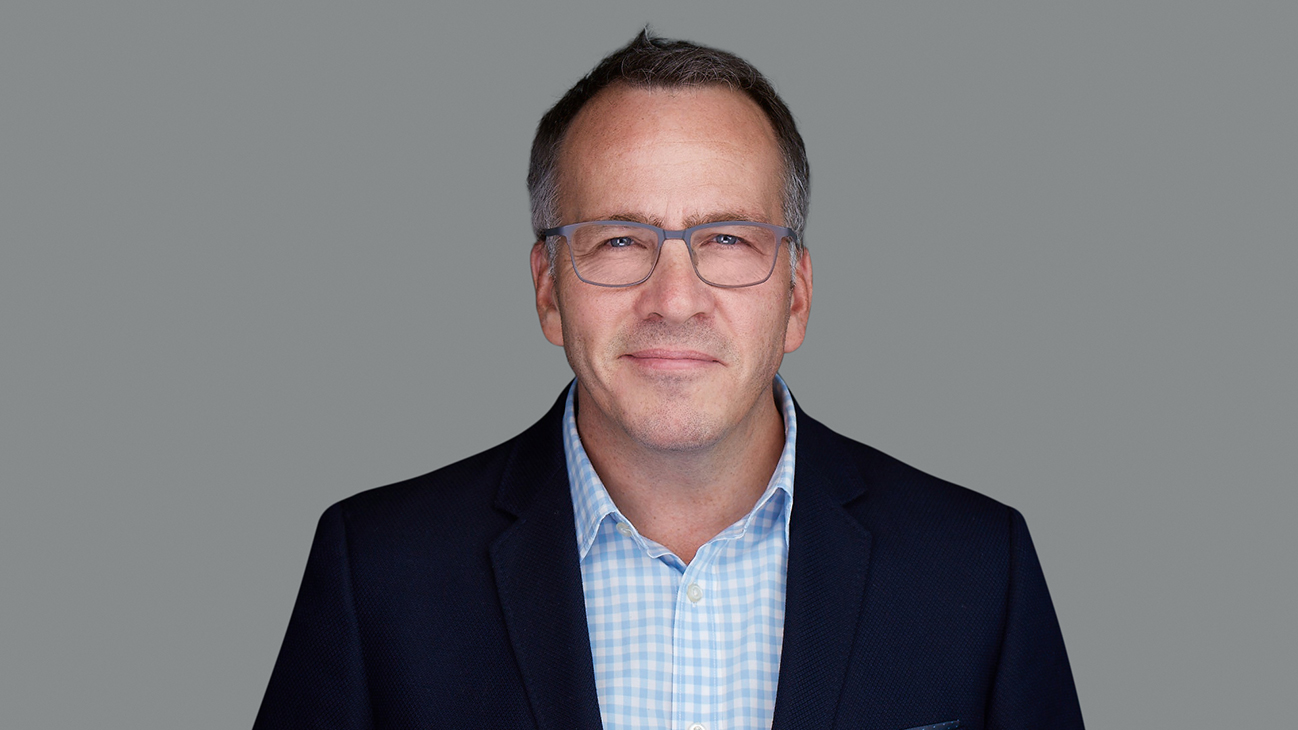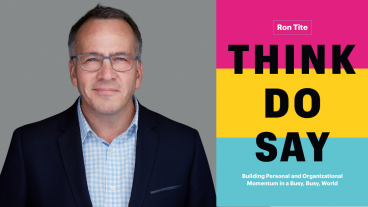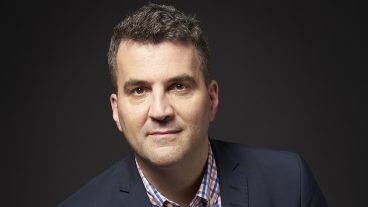With today’s consumers, clients, employees, and colleagues inundated with non-stop content, promotional messaging, and broken promises, how can a company stand out amongst the noise and win trust? This is the question leadership and marketing expert Ron Tite sought out to answer in his latest book, Think Do Say: How to Seize Attention and Build Trust in a Busy Busy World.
In today’s marketplace, for brands, organizations, and leaders to succeed, Ron says, it’s about what you THINK, what you DO, and what you SAY. We asked Ron a few questions to dive deeper into his business philosophy that helps leaders ensure their thoughts and actions align with their organization’s goals, and inspire change.
1. What research/insight informed your “Think, Do, Say” business philosophy?
In all honesty, the main insights came out of intense frustration.
As we moved from an analog world to the digital world, the promise was that everything would be amazing. It would be awesome for consumers. It would create transparent and fully accountable marketing. It would generate seamless transactions and redefine the role of sales. It would liberate employees with purpose and flexibility. It would allow for flexible and entrepreneurial pursuits. It would create a whole new type of leader that walked away from a traditional top-down approach and they too would be fulfilled by leading with their authentic selves. We’d live our lives in an internet-based dream catcher and feel like we were being hugged 24/7.
And then I woke up to reality.
Not only have many of those things not come true, in many ways, we’re worse off. Consumers are inundated from all angles. There’s a new service, product, or SKU every second. Sales is less about targeting and more about scale so we’re being pitched on all sides from all people. We don’t trust our leaders. We’re not sure about our colleagues. And we’re working more and more, not less. There’s so much potential for people and organizations. Sadly, it’s not being realized.
Once I had that realization, I set out to try and solve it.
I researched from a wide variety of sources and tracked down and had conversations with those who I felt were doing it well. From there, I just needed a framework that was simple and flexible so anyone, at any level, in any organization, in any category could apply the thinking without getting lost in catch phrases, empty metrics, and shallow promises.
Here’s the best part: The upside has never been larger. The potential has never been greater. What a time to be redefining the corporate world. When it all comes together (and it will), we’ll be happy, proud, fulfilled, and successful.
2. How do you apply “Think, Do, Say” at your own company, Church+State?
As any client will tell you, Think, Do, Say is our entire strategic and creative process for how we solve their problems.
We apply it to established organizations like Walmart, Manulife, and Microsoft. We apply it to social profits like Arthritis Society, World Vision, and Imagine Canada. We apply to startups like Oak House, Duuo, and Hill St Bev Co. And we even apply it to personal brands for Olympians, celebrities, and executives.
It’s built to be flexible. So, when we apply it to clients, it usually breaks down like this:
THINK is a brand belief that leads to a purpose-driven strategy. The brand belief is at the intersection of macro cultural forces, brand legacy, category competition, and target desires.
DO is articulating what actions the brand should be taking to reinforce that brand belief or what actions they already take to bring it to life. When we do business transformation work, we spend more time in the DO phase. When we do traditional content or advertising, we spend less time in the DO phase.
SAY is the external communication of THINK and DO. Depending on the assignment it can be brand design, advertising, content, or a holistic brand narrative that can be extended into a variety of different vehicles. For some clients we can get increasingly granular with the SAY: WHEN do you say it? (content calendar), WHERE do you say it? (media plan), WHAT do you say? (key messaging), and more.
We also apply it to our own business. We know what we think, what we do, and the stories and brand narrative that best describe those two.
We think it. We do it. We say it.
3. What brand is doing it right in 2020, and why? Is there a brand who’s doing it wrong?
When discussing agencies, a friend of mind once said, “I don’t think any agency has it truly figured out. I’d just like to experience someone else’s dysfunction for a while.”
I think that’s true across any category or business. No brand, no organization, and certainly no person is doing everything really well. And while you might think that’s skeptical, I think it’s inspiring.
Perfection may be an aspiration, but it’ll never be the reality. And that should be comforting. We’re all trying to react and respond to organizational dynamics that seem to change by the second. Hang on tight because the ride doesn’t end. The least you can do is enjoy it.
What we can do is establish our foundation, find the areas with the biggest opportunities for us or our company, and search for other organizations who have done that well so that we know it’s possible and so we can be inspired to keep going.
I consciously didn’t mention Apple in my book because while they’re a ridiculously successful enterprise, telling others to simply, “be like Apple” is lazy and ineffective. Only Apple is Apple. If you’re in the first year of your business, don’t do what Apple does today. Do what they did in 1976. Oh, wait. Don’t do that either. The world has changed a bit in the last 44 years.
I will say that I’m inspired by certain aspects of organizations like Microsoft, Walmart, Co-op, Coca Cola, REI, Nike, Wealthsimple, P&G, Best Buy, and Nike. I’ll also say that I’m frustrated by some aspects of organizations like Tim Hortons, Wells Fargo, Boeing, Xerox, Burger King, and the Houston Astros.
I’m certainly nowhere near perfect nor is my organization. Luckily, that’s not the goal.
When I interviewed Jack Welch at the Art of Management a few years ago, I asked him what his definition of “Innovation” was.
His response: “It’s simple. Find a better way, every day.”
That’s all I’m trying to do. As a speaker, if I can inform or inspire others to join me in that effort, I’ll be happy.
Addressing a variety of topics surrounding branding, corporate strategy, creativity, content, and social media, Ron Tite’s presentations are not only information-packed, they’re also infused with his unique humour — guaranteed to have you laughing while you learn.
Interested in learning more about Ron and what he can bring to your next event? Email us at [email protected].




